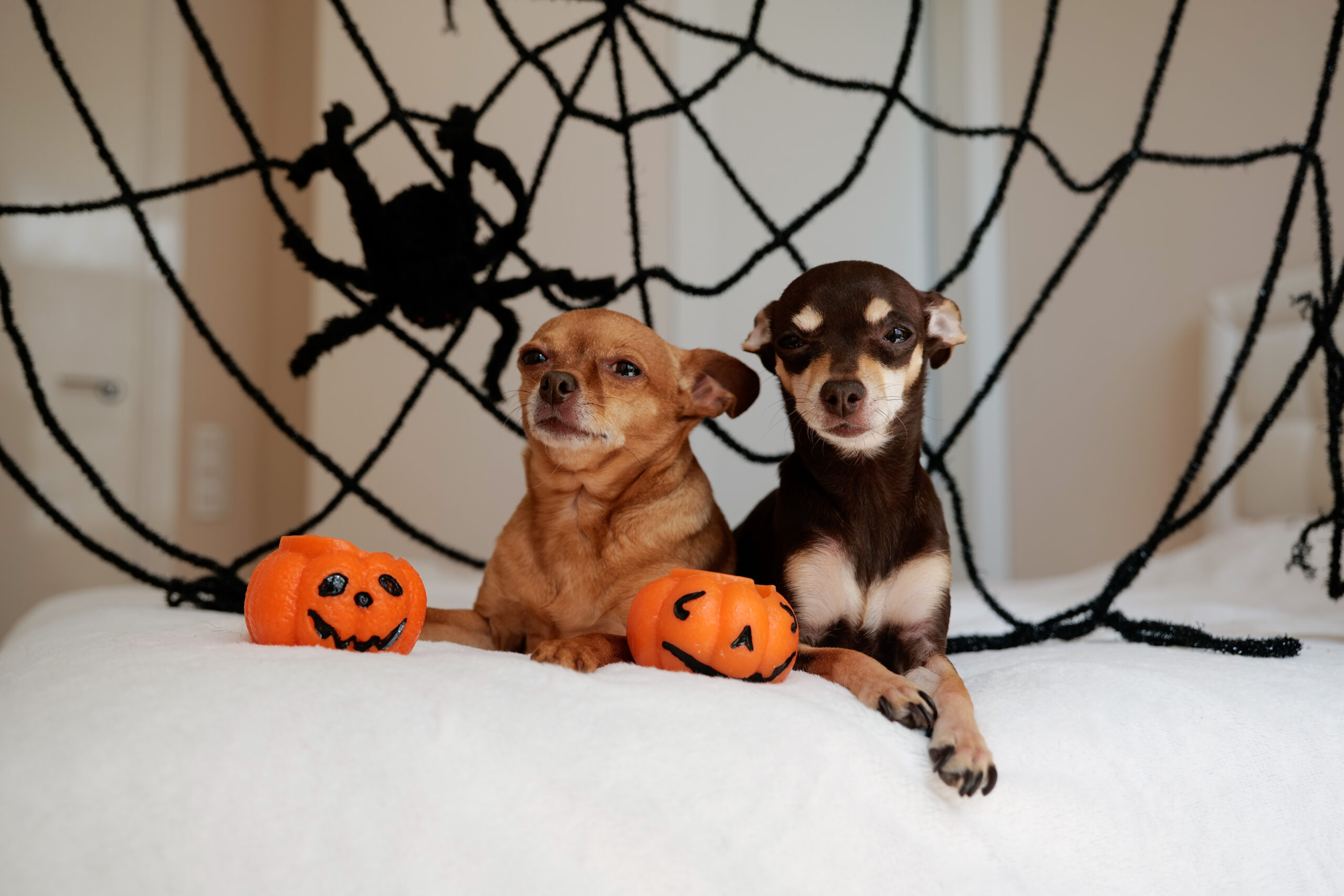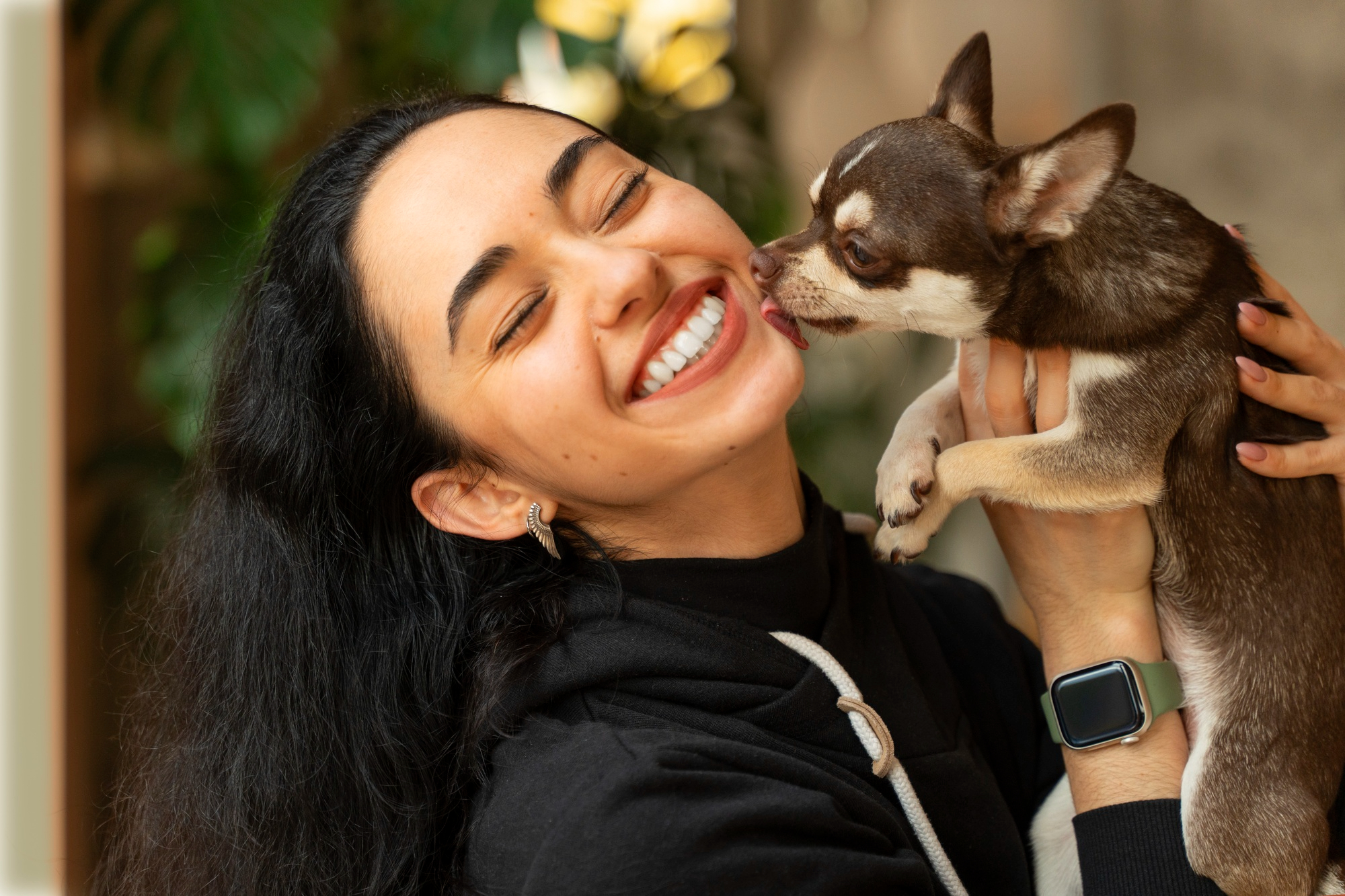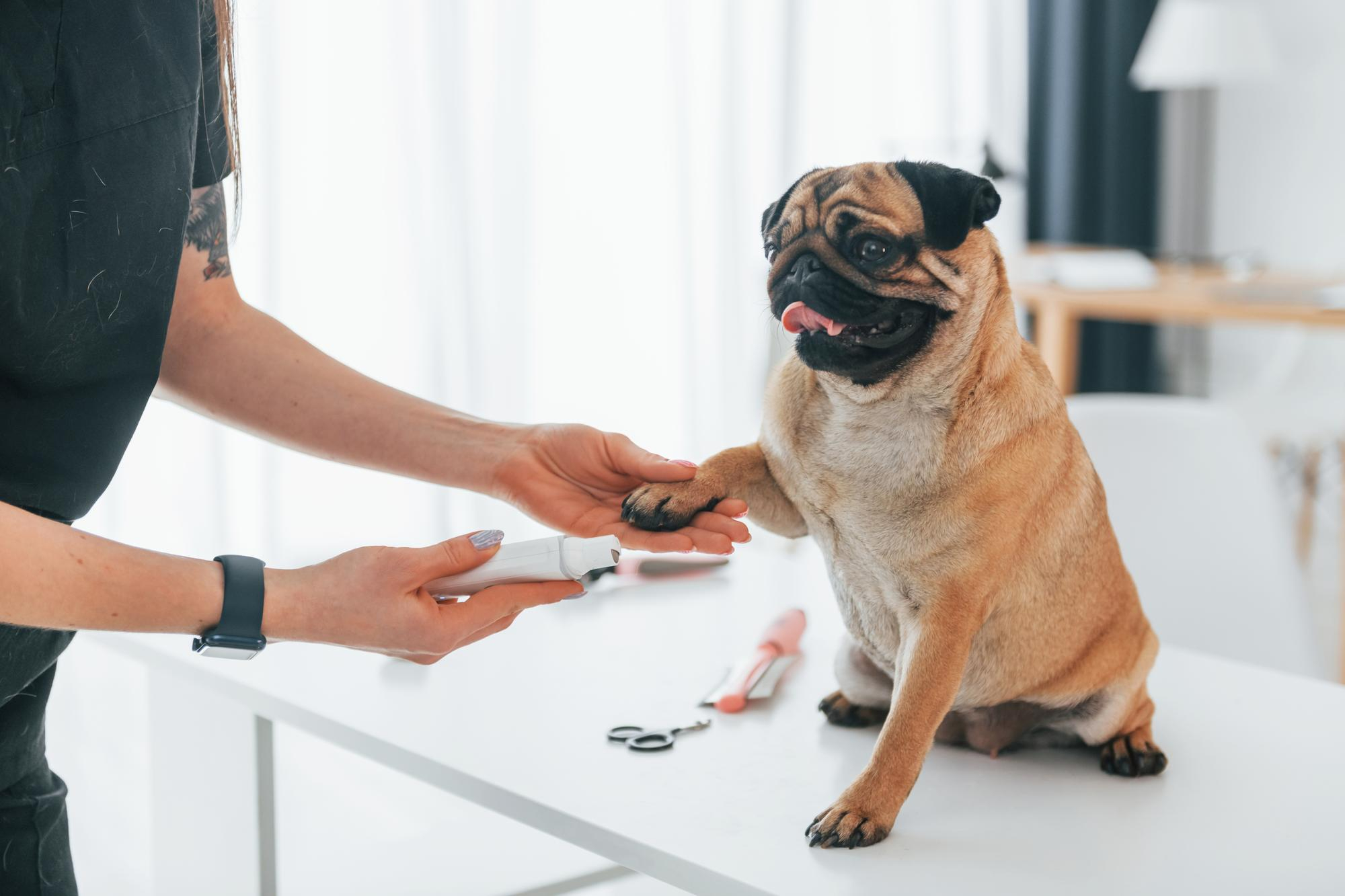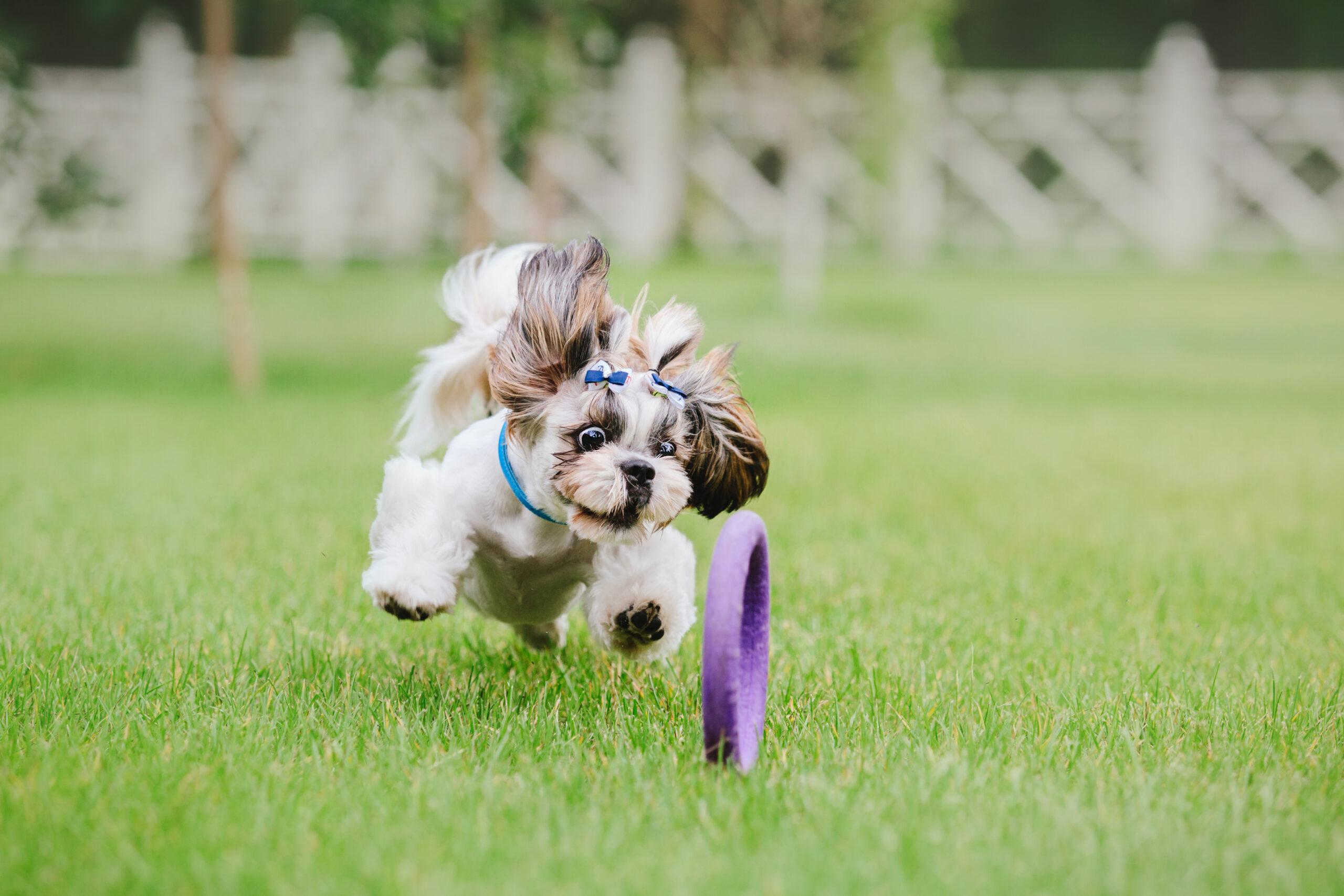When it comes to dogs, we know that many factors go into individualized care. For example, we know that senior dogs tend to have a harder time with stairs than puppies. We know that certain short-nosed breeds, like Pugs, are more prone to respiratory issues than a German Shepherd.
However, there’s one factor that is sometimes overlooked: size. Size is an important consideration when caring for a dog. While breeds like Terriers, Chihuahuas, and Pomeranians share much in common with their larger counterparts, they also have unique traits and needs.
Understanding how best to care for your small dog will help you keep them safer, healthier, and happier, providing them with a long life and a great standard of living. In this guide, we’ll cover six of the top tips for caring for your small dog, and explain why each tip matters.
Tip 1: Don’t Overfeed
Despite their size, most small dogs will happily eat as long as there’s food in front of them. It’s easier than you may realize to overfeed a small dog, especially if you’re used to portioning food for larger breeds. While a healthy amount of food might look like a small amount, you’ll be doing your dog a favour by protecting them from the range of health problems it can cause.
Remember to weigh your dog (or ask your vet to), and follow the instructions on your chosen dog food for your dog’s weight. It’s a good idea to look into dog food that’s specially formulated for smaller dogs to ensure your pup is eating a healthy amount each day.
One other thing to consider is treats, which add up much faster throughout the day in small dogs. Keep a mental track of how much food your dog should be eating in a day, and remember not to overdo it with treats on a regular basis.
Tip 2: Be Mindful of Big Jumps
Even a little hop off of the couch can be a huge leap for small breeds. We recommend that you don’t allow your small dog on the furniture—this cuts down on dog hair on the sofa, but more importantly, it protects your dog from injury. Unlike cats, who are naturally good at jumping and landing safely, small dogs aren’t particularly agile with drops, and it’s not uncommon for a small landing to result in injuries.
The same goes for stairs, which can be difficult for small dogs to navigate safely. You can try adding smaller steps or ramps to places where your dog needs to access—this will help keep them safe as they roam around the home.
Tip 3: Train, Train, Train
Sometimes training isn’t prioritized for small dogs like it is for big ones. If your small breed’s behaviour is getting out of hand, they’re easy to simply pick up and remove from a situation. However, neglecting to train your small dog is a big mistake.
Training isn’t just about keeping people safe from aggressive behaviour. It also protects other pets, helps your dog feel less stress in busy, noisy situations, and will generally make them friendlier and easier to take places. An untrained dog might bark incessantly at strangers, snap at children who come too close, or mercilessly chew on your belongings. Making training a priority for your small pup will make their company much more enjoyable.
Tip 4: Socialize Your Dog
As with training, it’s essential to socialize your small dog. Socializing refers to exposing your dog to all kinds of stimuli, whether it’s the sounds of traffic on the street, crowded places with plenty of people, or parks with lots of other dogs. The more you can bring your dog to these places and reinforce their good behaviour, the better off they’ll be.
A poorly socialized dog can be much harder to control in public, and may even antagonize other dogs. Not only is this a nuisance for other pet owners, it can also lead to stress or even a risk of injury to your dog. Do everyone (yourself included) a favour and make sure to regularly socialize your smaller dog as soon as it’s safe to do so.
Tip 5: Choose Harnesses Over Collars
It’s quite common for smaller dogs to become tangled in their leashes while walking. When you use a collar, this can lead to the leash getting wrapped around their neck, possibly leading to them choking or sustaining an injury to their airway. Harnesses, on the other hand, are attached to your dog’s torso, making it far less likely for them to get choked by their lead.
Also, remember that small dogs are inherently more fragile than, say, a Bernese Mountain Dog. Sometimes, we need to give our dog’s leash a little tug to get them moving again on the walk. While a large breed won’t mind this too much, even if you’re using a collar, even a small pull is a giant force on a small dog’s body. If you’re not careful, tugging on their collar could even lead to injury. A harness distributes this force to the rest of the body, making injury much less likely.
Tip 6: Understand Your Dog’s Limits
This is a particularly important note for people who are used to caring for larger dogs, who tend to have higher stamina and endurance for physical activities. A twenty-kilometre hike is perfectly possible for a fit, healthy Ridgeback, but your 20-pound Daschund will almost certainly struggle.
The same can be said for specific small breeds with short noses, such as Bulldogs or Pugs. Because of centuries of selective breeding, it’s unfortunately very common for these dogs to have difficulty breathing at the best of times, let alone during intense physical activity. If you add hot weather and dehydration to the mix, your seemingly leisurely walk can suddenly become a serious risk for your small dog.
Educating yourself on the needs and limits of your dog’s specific breed and size is essential. While your dog absolutely must get enough exercise each day, you don’t want to push them to the point of exhaustion and risk a real health problem. With that said, you can adapt your routines to suit your small breed’s strengths—many small dogs will naturally excel at dog sports (such as obedience, rally, and agility), making this a great alternative to long, taxing walks.
Size is one of the most important factors to consider when figuring out how to care for your dog. From the amount of kibble you serve to the average length of your daily walk, you need to consider their small bodies and what they’re capable of. The same goes for training and socialization, which might not seem as significant with small dogs at first glance.
Learning how to take care of your dog is always a unique process. No two individual dogs are the same—even if they’re the same age, breed, and size. If you’d like more information on customizing the care you give to your furry friend, you can always talk to your veterinarian.
Creative Commons Attribution: Permission is granted to repost this article in its entirety with credit to Hastings Veterinary Hospital and a clickable link back to this page.






